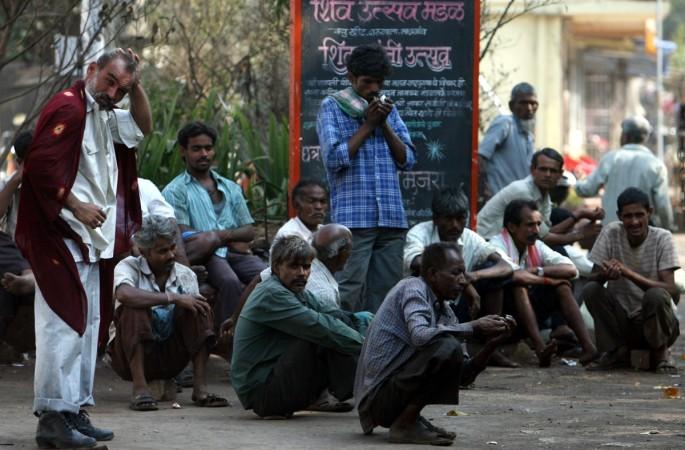
Unemployment may not be a topic dominating prime-time debates on Indian television, but it does indicate the health of an economy, especially in India that has millions of young men and women graduating from colleges. For the 30-day period ended February 22, 2017, the average unemployment rate was 5.54 per cent, with the rate being skewed at 7.09 per cent for urban India as against 4.77 per cent in rural areas.
The data is captured by an index jointly created by the Bombay Stock Exchange (BSE) and the Centre for Monitoring Indian Economy (CMIE).
Read: Modi may be messiah of Hindus, but his 'kabristan' comment does reek of bigotry | OPINION
Updates on jobs created by the Narendra Modi government ever since it came to power in May 2014 is not available in a comprehensive way, though Modi, as the prime ministerial candidate, had promised to creat one million jobs every year while campaigning for the Lok Sabha elections.
Data for the 12-month period beginning February 2016 shows that the unemployment rate rose steadily from 8.44 per cent as of February 29, 2016 to 8.75 per cent a month later and reached 9.66 per cent by the end of May.
Things improved from then till July only to spike again to a high of 9.54 per cent as of August 31, 2016. It declined to 5.69 per cent as of November 30, 2016 and rose to 5.98 per cent by the end of January this year.
Unemployment rates for rural and urban India followed the trend except in October last year when the gap narrowed to 6.89 per cent (urban) and 6.06 per cent (rural). For the rest of the period, the gap has been significant, indicating that the problem persists more among the urban youths.
The first authentic information on job creation was made available for the six-month period ended December 2014 in a labour ministry survey that found 2.75 lakh jobs were created between July and December 2014, an increase over 1.2 lakh jobs created during the corresponding period in 2013, translating into an increase of 118 per cent.
A few days ago, Bandaru Dattatreya, the minister for labour and employment, had said that the Modi government will create 5 crore jobs by 2020, using a mix of job fairs and digital economy initiatives, according to a report in the BusinessLine.
The BSE-CMIE unemployment data is generated by measuring it through an extensive and representative household survey.
"This survey is a potentially important input in determining the monetary policy of RBI, which currently relies largely on the index of Industrial Production (IIP) to gauge supply trends. The unemployment rate in India is estimated from data collected regarding the employment/unemployment status of all members of 15 years and more of a sample of randomly selected households," said an explanatory statement for the unemployment index.
Bad news for salaried class
A survey by human resource consulting firm Aon Hewitt said that salaries are likely to increase by 9.5 per cent in 2017, down from 10.2 per cent in the previous calendar year and the lowest since 2009.











